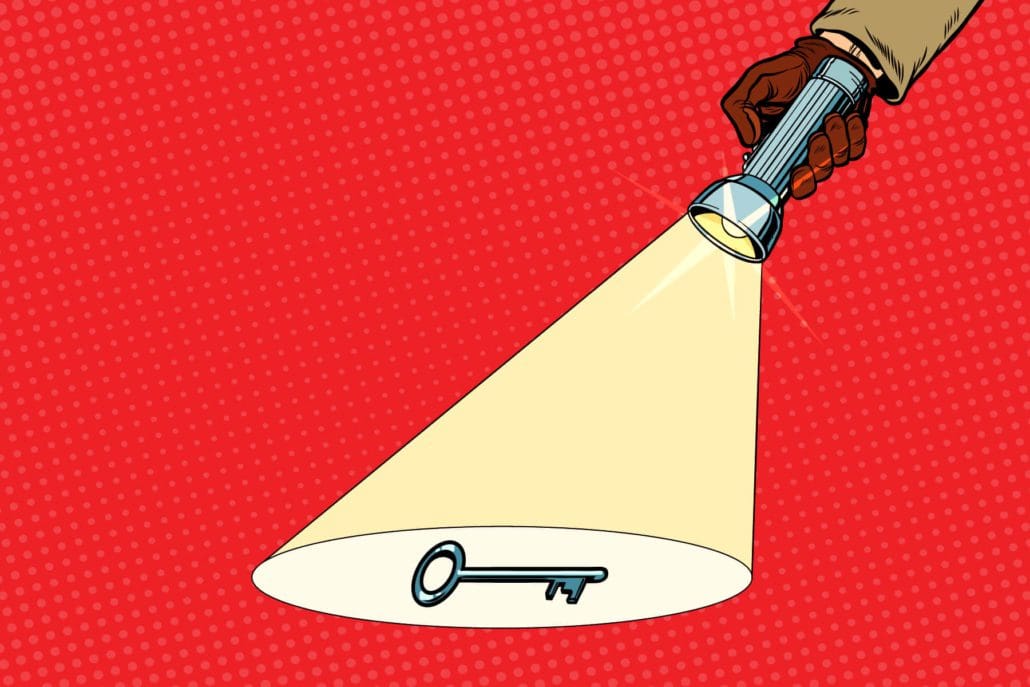An In-Depth Look at M&A Earn Outs: When and Why to Use Them

Mergers and acquisitions (M&A) have become increasingly common in the business world, and earn outs are one of the most popular ways to finance these transactions. An earn out is a payment structure that links a portion of the purchase price to future performance of the acquired company. In this blog, we will dive into the concept of earn outs, understand when they are used, and examine their pros and cons.
An earn out is typically used by buyers to bridge the valuation gap between the buyer’s and seller’s expectations. When two parties are unable to agree on a valuation, the seller may be incentivized to accept an earn out arrangement, which allows them to receive a portion of the sales price in the future, after certain performance metrics are met. There are several other reasons why earn outs are used, including when the seller is confident in the company’s future growth and wants to share in that success or when the buyer wants to ensure that certain key employees remain with the company post-transaction.
One of the primary benefits of an earn out is that it aligns the interests of the buyer and seller. By linking a portion of the purchase price to future performance, both parties are invested in the success of the acquisition. Additionally, earn outs can help bridge the valuation gap between buyer and seller, which can be especially beneficial in situations where there are no comparable recent transactions in the industry.
However, earn outs also have their downsides. For one, they can be difficult to structure and administer, as the parties must agree on metrics for performance, timelines, and payment calculations. Additionally, if the earn out payment is contingent on future performance, the seller must trust that the buyer will adequately invest in the business to achieve those goals. There is also a risk that the buyer may not have the same incentives as the seller, leading to disagreements down the line.
Earn outs are typically used in situations where there is a high degree of uncertainty around the target company’s future performance. As such, they are most commonly used in industries that are volatile, with rapid changes in technology or where innovation is critical. For example, a company that is developing a new technology may have an unclear future growth potential, and an earn out could help the buyer and seller agree on appropriate compensation.
In summary, earn outs are a payment structure that allows a portion of the purchase price to be tied to future performance metrics. They are used when there is a valuation gap between the buyer and seller, and they provide an opportunity to align the interests of both parties. While earn outs can be difficult to structure, they are most often used in industries that are rapidly changing or in situations where there is a high degree of uncertainty around future performance. As a CEO, understanding the pros and cons of earn outs can help you better evaluate whether this payment structure is appropriate for your next M&A deal.